Essential Logo Design File Formats to Deliver to Your Clients

Selecting the right file formats to deliver logo designs to your clients is crucial for their usability across various applications. When clients receive their final logo, ensuring they have access to the appropriate file formats can significantly impact how effectively the logo can be used, whether for digital platforms, print media, or promotional materials. As a logo designer, it’s important to understand not only the design aspects but also the technical requirements that will enable your clients to maximize the use of their new visual identity.
Each file format offers distinct advantages depending on the application, from scalability and editability to compression and clarity. Providing a variety of file formats ensures that clients can maintain the integrity and flexibility of their logo as they apply it across different mediums. This guide will delve into the essential logo design file formats that you should include in your delivery package, helping you to meet client expectations and enhance their brand presence in all required contexts.
Vector vs. Raster Files
Understanding the difference between vector and raster files is fundamental for any logo designer. Vector files are created using mathematical equations that ensure the logo remains crisp and clear at any size. This scalability makes vector files an indispensable choice for logo design. Common vector formats include AI, EPS, and SVG, which allow for extensive editing without loss of quality, making them perfect for everything from tiny business cards to large billboards.
Raster files, on the other hand, consist of pixels. When scaled beyond their original size, they lose clarity and appear pixelated or blurry. Formats such as JPG, PNG, and BMP are raster types and are best used for specific sizes and digital displays. Given their pixel-based nature, raster files are generally not suitable for scaling up but perform well on digital platforms where the display size is fixed.
For logo design, choosing vector files as the primary format for client deliveries ensures that the logo can be used flexibly across a variety of media. Clients benefit from the adaptability of vector files, particularly when their branding needs span multiple platforms and scale variations.
AI (Adobe Illustrator File)
The AI file format, native to Adobe Illustrator, is among the most preferred formats for logo designers. Its capability to maintain the integrity of vector graphics makes it ideal for any branding requirement. AI files allow designers and clients to manipulate individual elements of the logo without any degradation in quality, from color adjustments to resizing or even re-shaping elements.
One of the key benefits of AI files is their compatibility with various design software, ensuring that regardless of the tool, the file can be opened and edited with precision. This format supports layers, text, and other effects that are vital for creating detailed, dynamic logos. Additionally, AI files are invaluable for creating offshoots of the original design, such as monochrome versions or different layout orientations, without starting from scratch.
Delivering AI files to clients means providing them with a comprehensive, editable version of their logo. This ensures that their branding is not only visually appealing but also versatile across all mediums, from print to digital. As a professional logo designer, including AI files in your delivery package equips your clients with the foundational tool needed for ongoing brand management and marketing efforts.
EPS (Encapsulated PostScript)
The EPS format stands as a gold standard in the exchange of vector graphics, especially for logos that need to be printed at high resolutions. EPS files are compatible across various design platforms, making them highly versatile for both designers and clients. One of the major advantages of the EPS file is its ability to encapsulate complex graphic designs in a single file, which includes text and graphics as vector imagery. This ensures that logos maintain their quality and clarity across different sizes and mediums.
Another key feature of EPS files is their backward compatibility, which allows files to be used with older versions of software without losing any detail or functionality. This is particularly valuable in professional settings where different stakeholders may be using different systems or software versions. Additionally, EPS files can contain embedded preview images in bitmap format, making them easier to view and organize without opening them in vector graphics editing software.
For clients, receiving an EPS file means they have a logo that can be reliably reproduced in various professional print materials, such as business cards, brochures, and banners, without concerns over image degradation. Including EPS files in your logo design delivery ensures that clients have access to high-quality, scalable logo versions suitable for all their branding needs.

SVG (Scalable Vector Graphics)
SVG files are increasingly popular in web design due to their scalability and small file size, which do not compromise the quality of digital displays. SVGs are perfect for logos used on websites, mobile applications, and other digital media because they are XML-based, which means they can be indexed, searched, and scripted. This adaptability makes SVGs a powerful tool for interactive and dynamic design elements on digital platforms.
The clarity of SVG files at any resolution is a key advantage, particularly in responsive web design, where screen sizes vary widely across devices. SVGs ensure that logos look crisp and clear on any display, from the smallest smartphone to the largest desktop monitor. Furthermore, SVGs support transparency, which allows logos to be seamlessly integrated into various backgrounds and layouts without a rigid rectangular frame.
For clients focused on maintaining a strong digital presence, providing SVG files is essential. These files not only guarantee visual fidelity on all screens but also contribute to faster webpage loading times due to their inherently light file weight. By including SVG files in the delivery package, you equip your clients with the most versatile and future-proof format for digital branding, ensuring their logos perform optimally in the ever-evolving digital landscape.
PDF (Portable Document Format)
PDF is one of the most versatile file formats used in logo design and is renowned for its ability to preserve the exact look of a design across various devices and platforms. A PDF file can contain detailed graphic information, including both vector and raster graphics, making it an ideal choice for presenting and sharing logos that require precise color and detail representation in both digital and print form.
One of the significant advantages of the PDF format is its wide acceptance in professional environments, making it a preferred choice for official documents like corporate presentations, proposals, and invoices where logos are often included. Moreover, PDFs can be secured with passwords, allowing designers to protect the integrity of their work when sending files to clients or collaborators.
PDF files also support a range of content types beyond graphics, including text and multimedia, enabling comprehensive branding packages that include interactive elements. This flexibility ensures that clients can view the logo in various contexts within a single document, facilitating better decision-making and feedback during the design process.
By providing logo files in PDF format, you ensure that clients have a reliable, high-quality version of their logo that is ready for both print and screen use, enhancing their brand's consistency across all media.
PNG (Portable Network Graphics)
PNG is a favorite file format for web designers due to its support for transparency and its ability to display high-quality images with a relatively small file size. For logo design, the transparency feature of PNG files is particularly valuable, allowing logos to be placed over various backgrounds without an unsightly white box surrounding them.
This format is ideal for logos that need to appear on websites, social media, and other digital platforms where background flexibility and image clarity are crucial. PNG files handle detailed, high-contrast graphics exceptionally well, making them suitable for complex logo designs that feature subtle gradients and a wide range of colors.
Another benefit of PNG files is their lossless compression, which ensures that the logo's quality is not degraded each time the file is opened and saved. This is essential for maintaining the visual integrity of a brand's logo over time and across various digital applications.
Including PNG files in the delivery package for logo design projects guarantees that clients have a versatile, ready-to-use digital format. This ensures that their brand identity is represented accurately and attractively in all online and digital mediums, promoting a cohesive and professional brand image.
JPG (JPEG)
JPG or JPEG is a widely used file format for digital images, favored for its ability to compress large photos into smaller file sizes while maintaining a reasonable quality. In the context of logo design, JPGs are particularly useful for final presentations and digital usage where high resolution is less critical, and smaller file sizes are advantageous for faster loading times.
The JPG format is ideal for emailing logo drafts to clients, uploading logos to websites that restrict upload sizes, or for use in social media where bandwidth and speed are considerations. However, due to its lossy compression, each time a JPG file is saved, it loses some quality, which can result in a gradual degradation of the image over multiple edits.
Despite this, the practicality of JPG files cannot be understated for quick sharing and previewing purposes. They are universally recognized and can be opened on virtually any device or platform without the need for specialized software, making them an essential format in any logo design delivery package.
Providing logos in JPG format ensures clients have a readily usable file for various digital applications, though it is always recommended to accompany JPGs with higher-quality vector files for any resizing and professional print needs.

TIF (TIFF)
TIFF (Tagged Image File Format) is renowned for its high-quality output and is extensively used in professional photography and graphic design, particularly for print. A TIFF file is capable of preserving the quality of a logo through its use of lossless compression, which ensures that no image data is lost during the file saving process.
This format supports a high color depth, which makes it suitable for complex logo designs with detailed shading or color gradients. TIFF is also flexible in terms of color management and can include layers, making it suitable for detailed graphic editing similar to PSD files.
For logo designers, providing TIFF files to clients means ensuring that they have access to the highest quality versions of their logos for print materials such as business cards, flyers, posters, and merchandise. The ability to maintain every detail of the logo's design integrity makes TIFF an invaluable format for branding materials that require a visually impactful presence.
Including TIFF files in your logo design delivery provides clients with a robust, editable format that is ideal for maintaining visual fidelity in high-stakes print scenarios, ensuring that the logo always looks its best, regardless of the printing process or material used.
PSD (Photoshop Document)
PSD, or Photoshop Document, is the native file format of Adobe Photoshop and is extensively used by graphic designers for creating and editing detailed graphic designs. This format is particularly valuable in logo design due to its support for layers, which allows for deep customization and fine-tuning of every aspect of the logo.
A major advantage of using PSD files in logo design is the ability to keep different elements of the logo (like text, icons, and complex effects) on separate layers. This not only facilitates easy adjustments and modifications but also allows designers to experiment with different versions of a logo without altering the original artwork.
PSD files are indispensable when a logo design project involves intricate graphics or when the client may require future modifications to the logo that could involve changes to its components or effects. Delivering a PSD file ensures that the client or any other designer can access and edit each detail of the logo as needed, providing flexibility and control over the final usage of the design.
Including PSD files in your logo design delivery package can significantly enhance client satisfaction, as it offers them the potential to adapt their logo for various branding needs over time. It's a thoughtful inclusion for comprehensive branding projects where versatility and editability are crucial.
GIF (Graphics Interchange Format)
GIF, or Graphics Interchange Format, is a widely recognized file format best known for its use in creating animated images on the web. In the context of logo design, GIFs are particularly useful when the logo includes animation or needs to be displayed on digital platforms where motion can attract more attention.
The ability of GIFs to support multiple frames in a single file makes them ideal for displaying animated logos that cycle through various design elements or transformations. This can be especially effective for branding purposes, where dynamic visuals are more likely to engage viewers and leave a memorable impression.
Moreover, GIF files support transparency, allowing animated logos to be seamlessly integrated over different backgrounds without requiring a rectangular border. This feature is crucial for maintaining the aesthetic fluidity of web pages and other digital media where logos might be placed over varying content.
Offering GIF files as part of your logo design deliverables can greatly benefit clients looking to enhance their digital branding with eye-catching animations. While GIFs are not suitable for all types of logo applications due to their limited color palette and potential for larger file sizes, they are an excellent choice for specific marketing purposes where motion is intended to convey part of the brand's message.
Conclusion
Selecting the appropriate file formats is crucial for ensuring the versatility and longevity of a logo. By delivering a comprehensive set of files—vector for scalability, raster for specific resolutions, and specialized formats like PSD for editable layers—designers can empower their clients with the tools necessary for diverse branding needs. Understanding each format’s strengths allows clients to effectively manage and apply their logo across various mediums, from digital platforms to print materials. Ultimately, providing a well-rounded suite of file formats not only enhances client satisfaction but also reinforces the professionalism and thoroughness of the designer’s work.
Let Us Know What You Think!
Every information you read here are written and curated by Kreafolk's team, carefully pieced together with our creative community in mind. Did you enjoy our contents? Leave a comment below and share your thoughts. Cheers to more creative articles and inspirations!


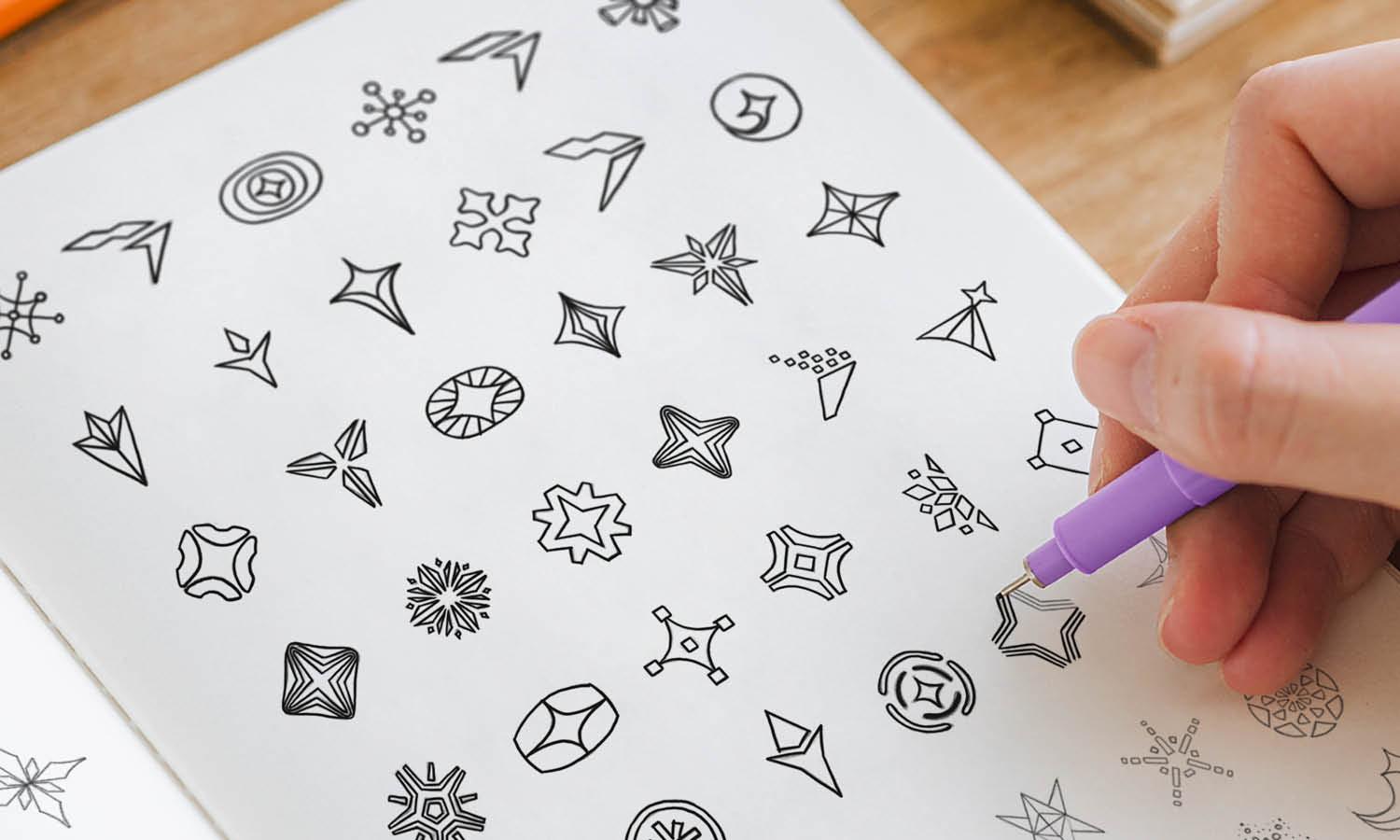
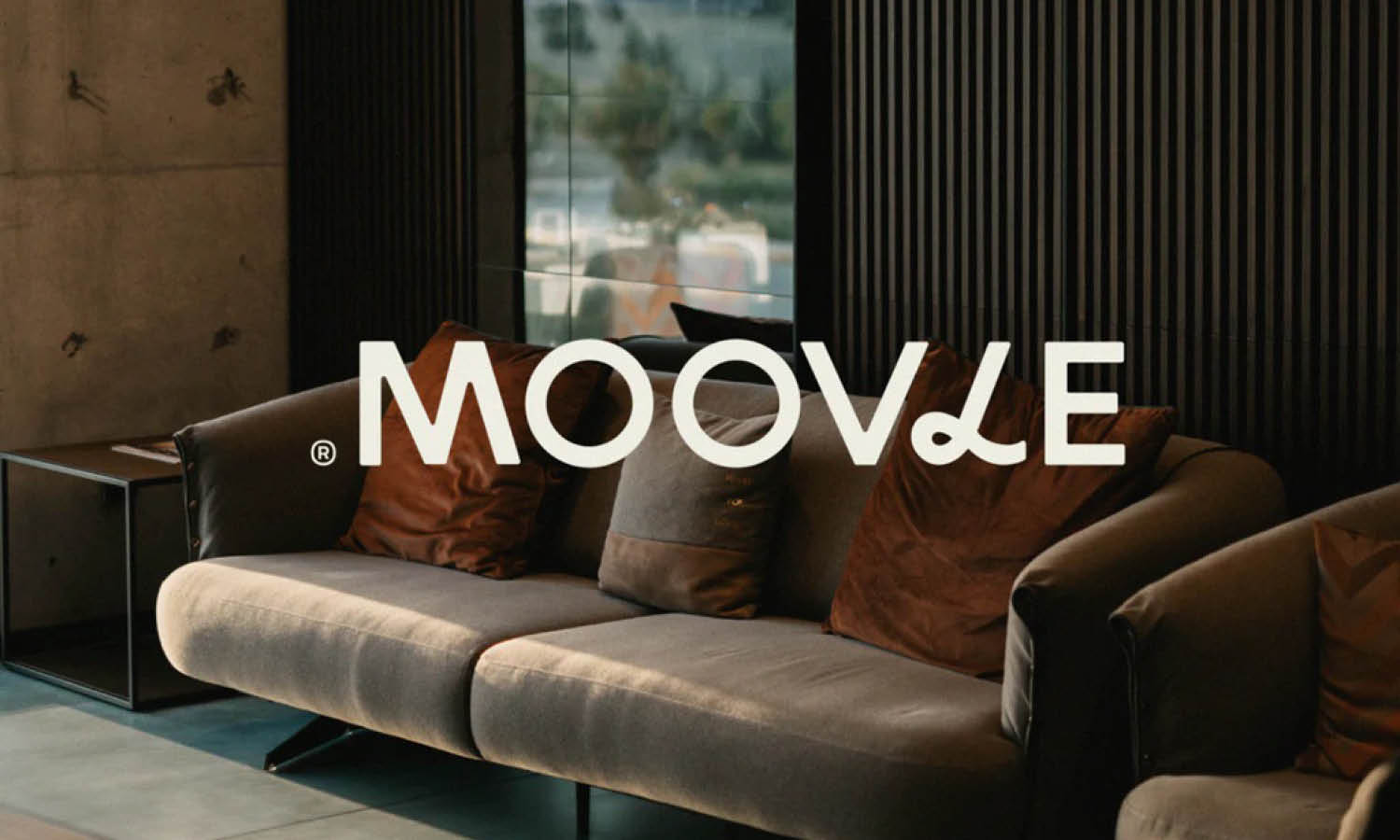
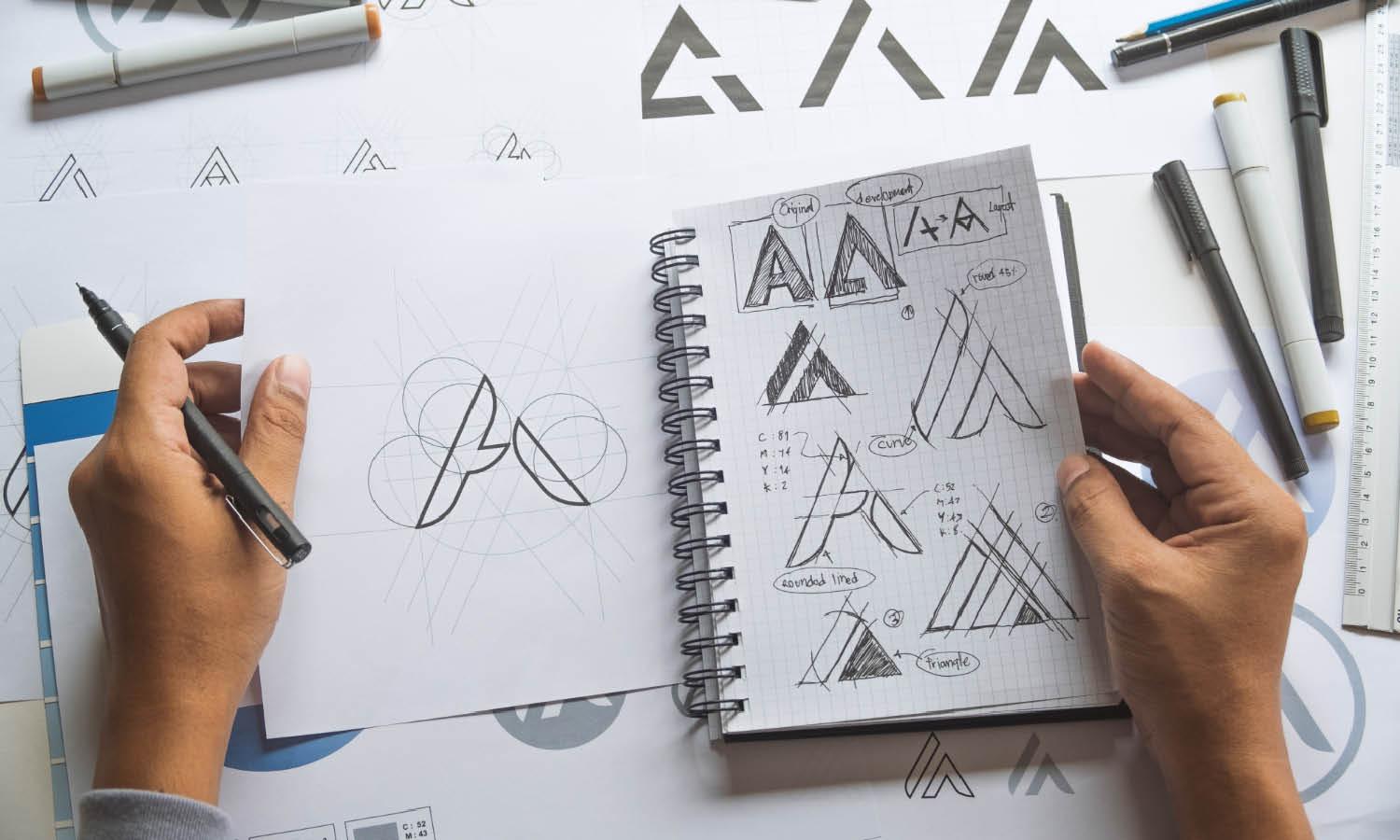
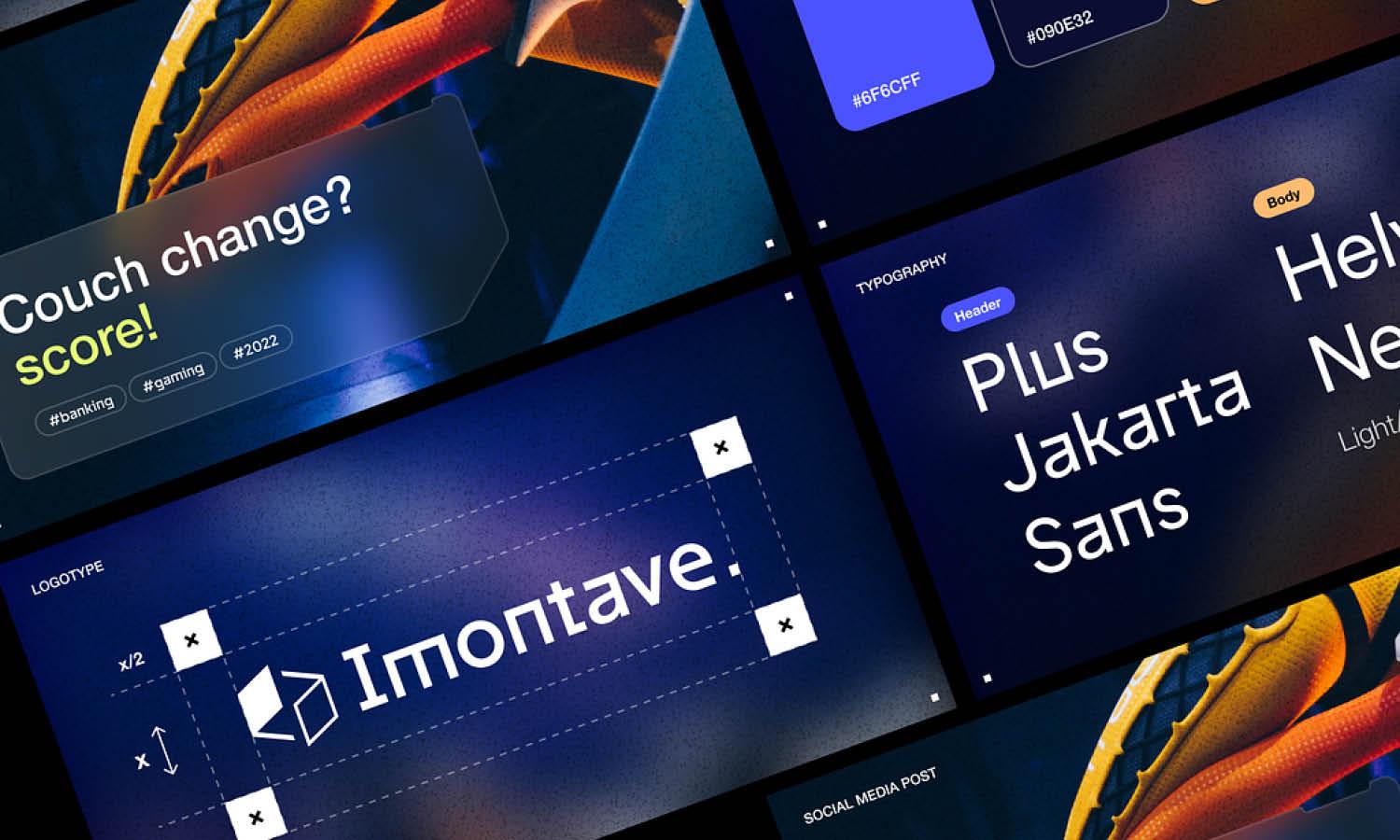


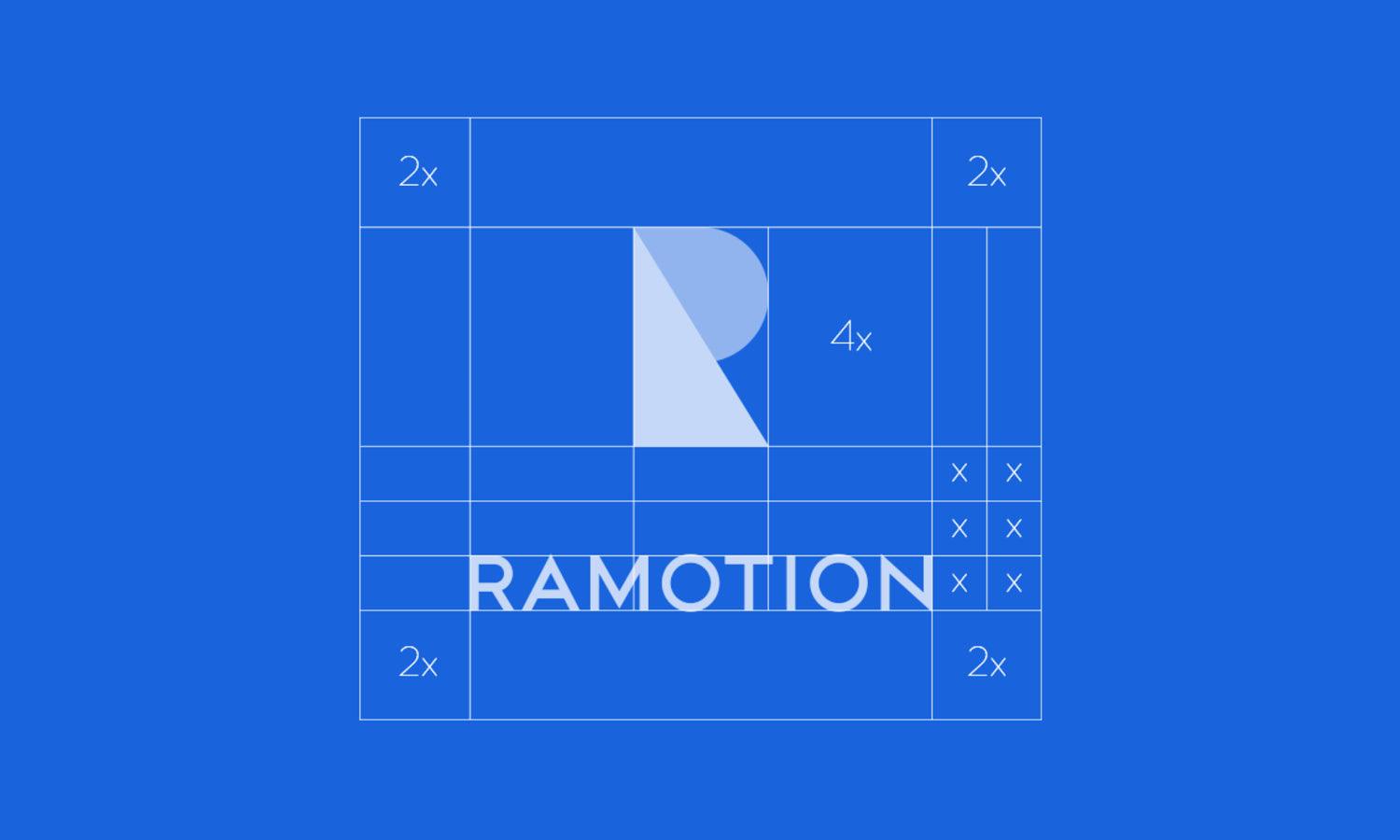







Leave a Comment